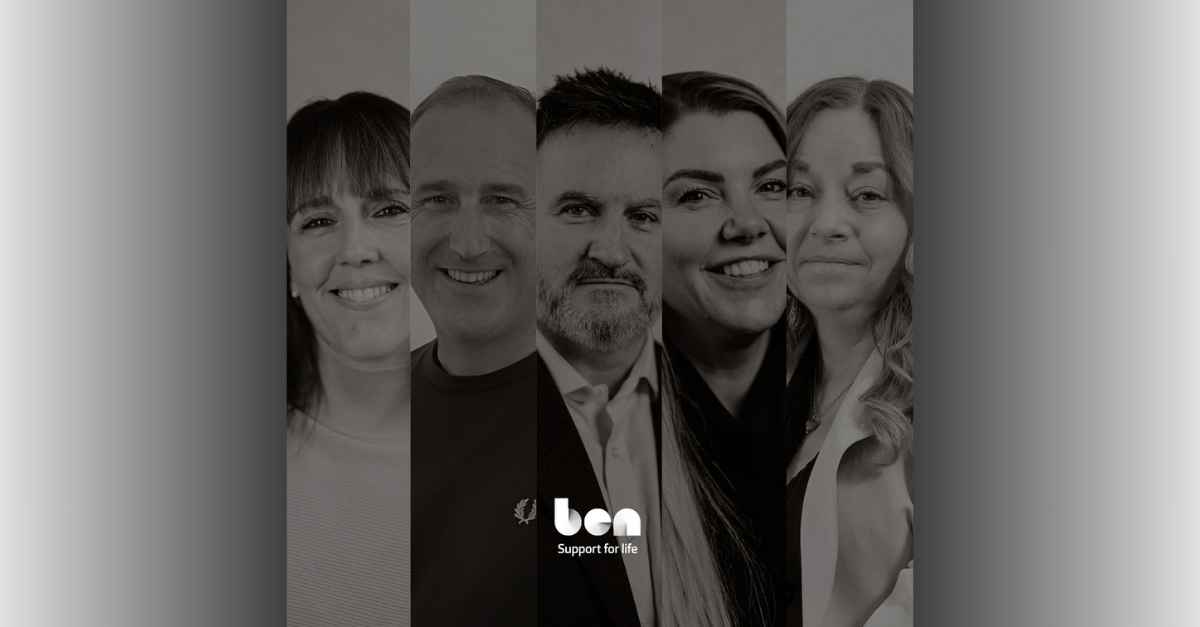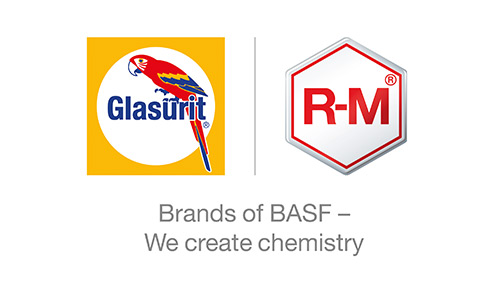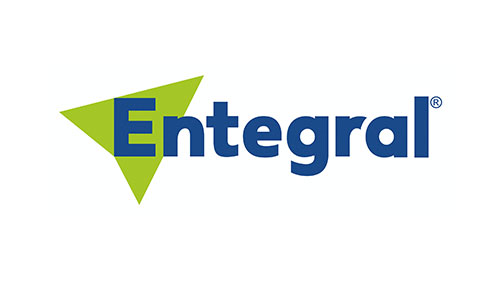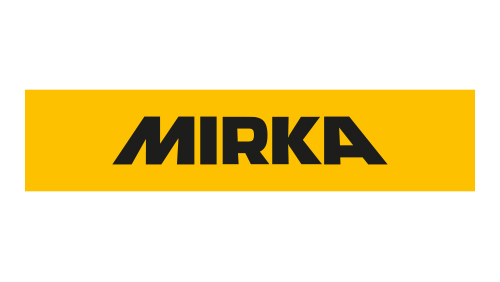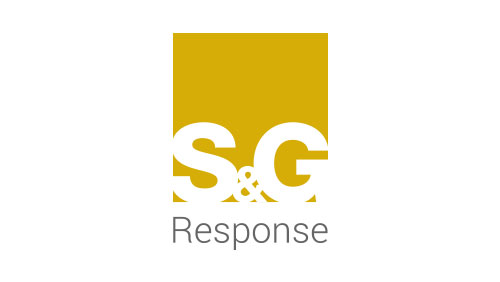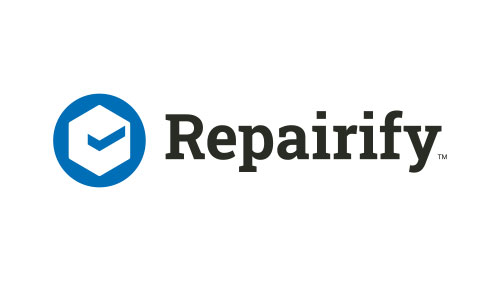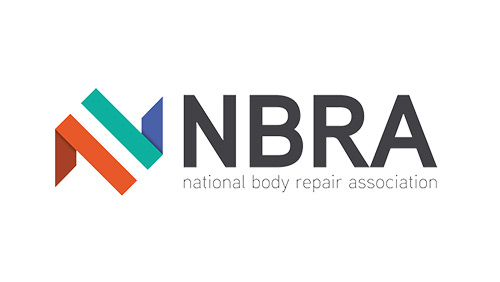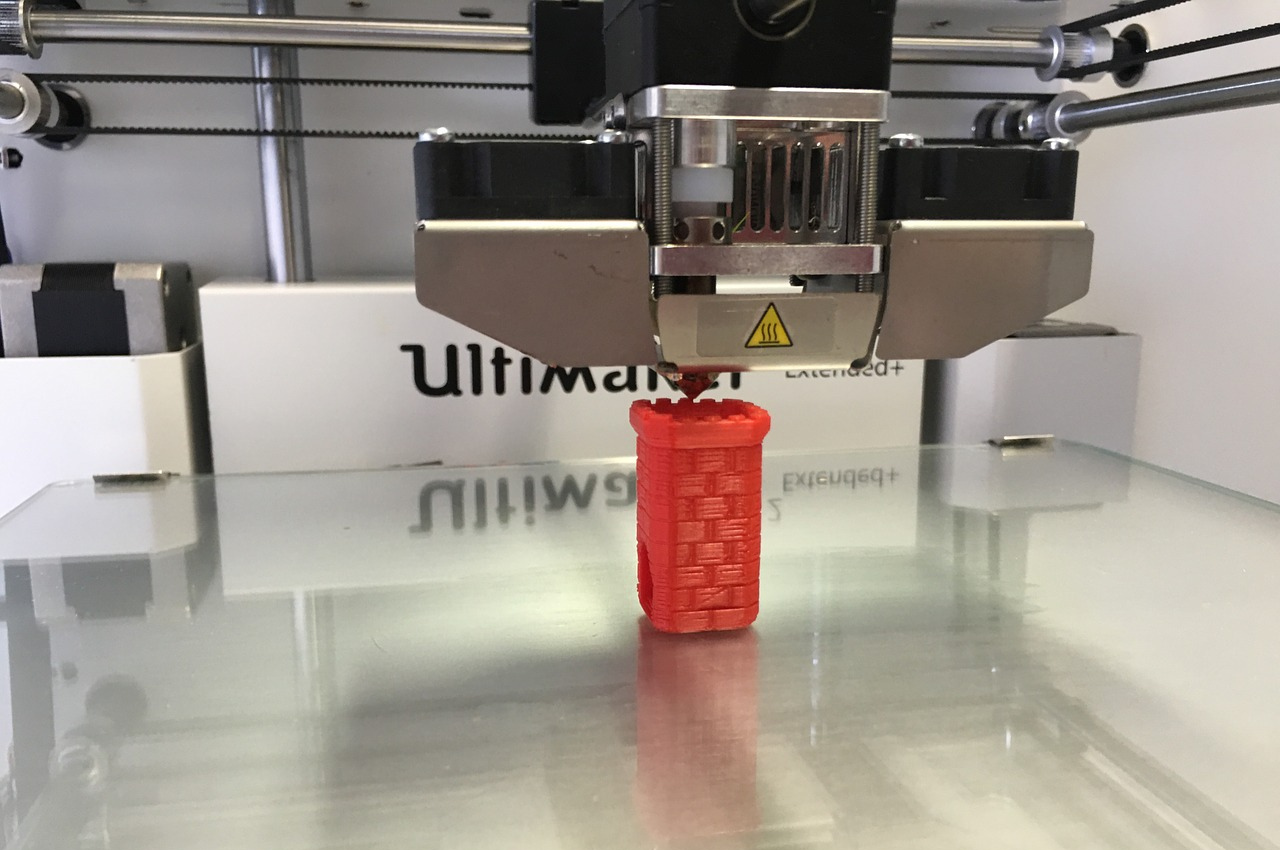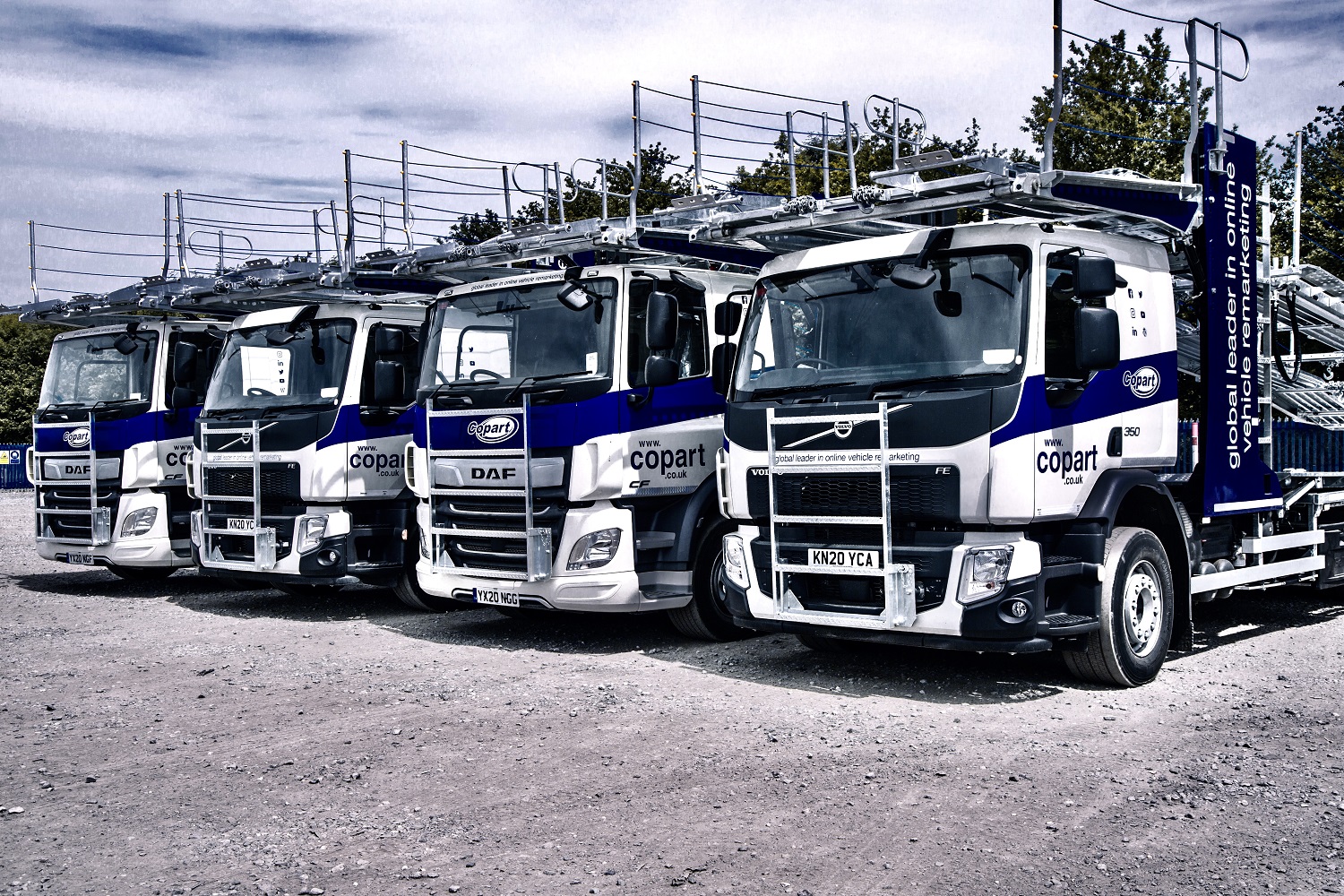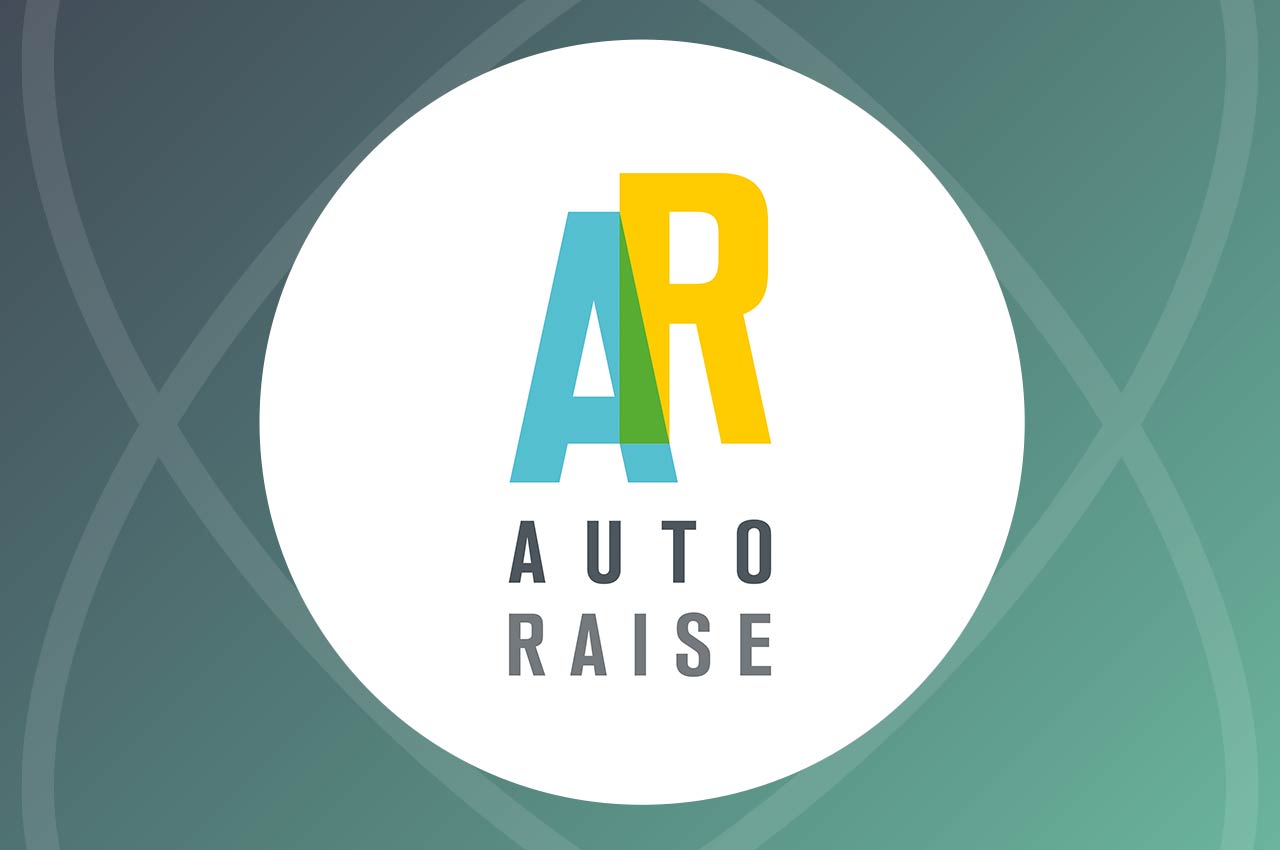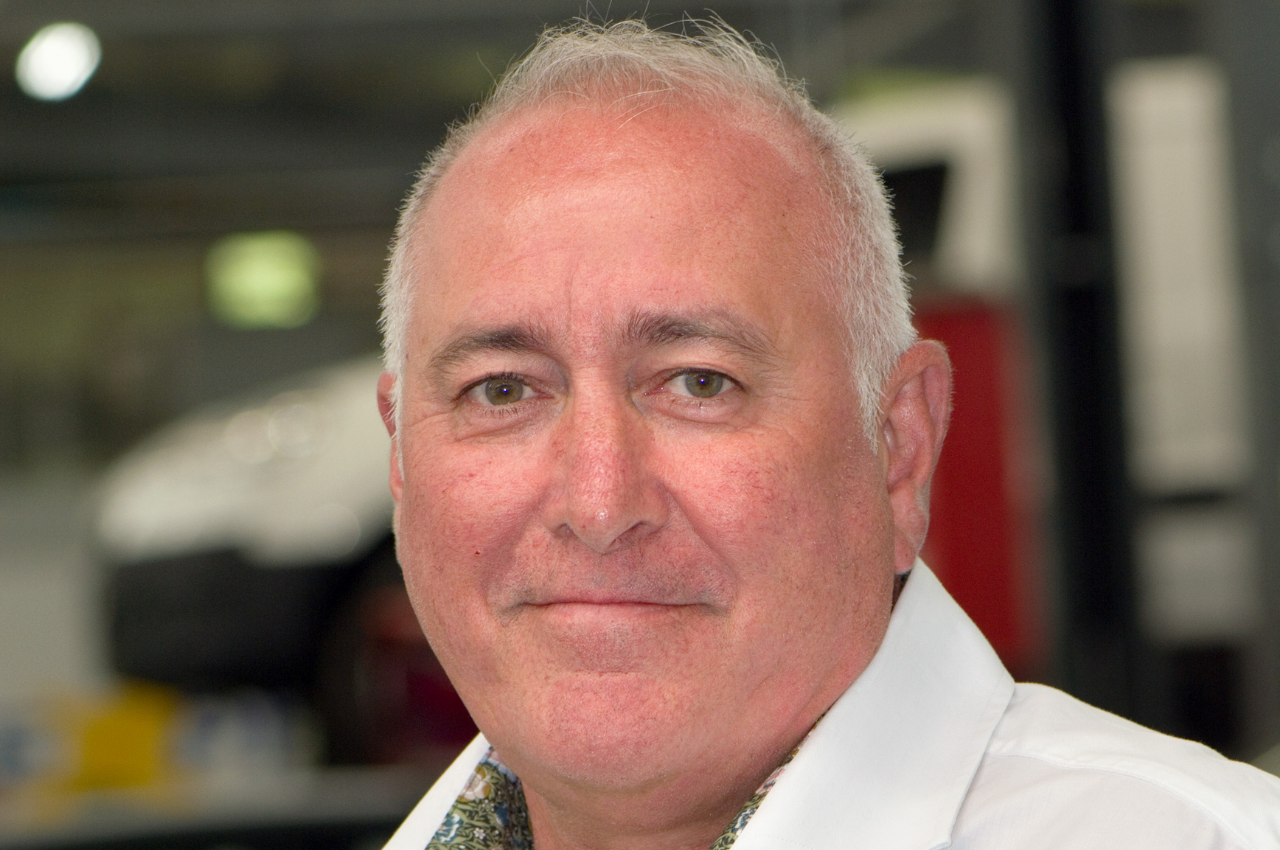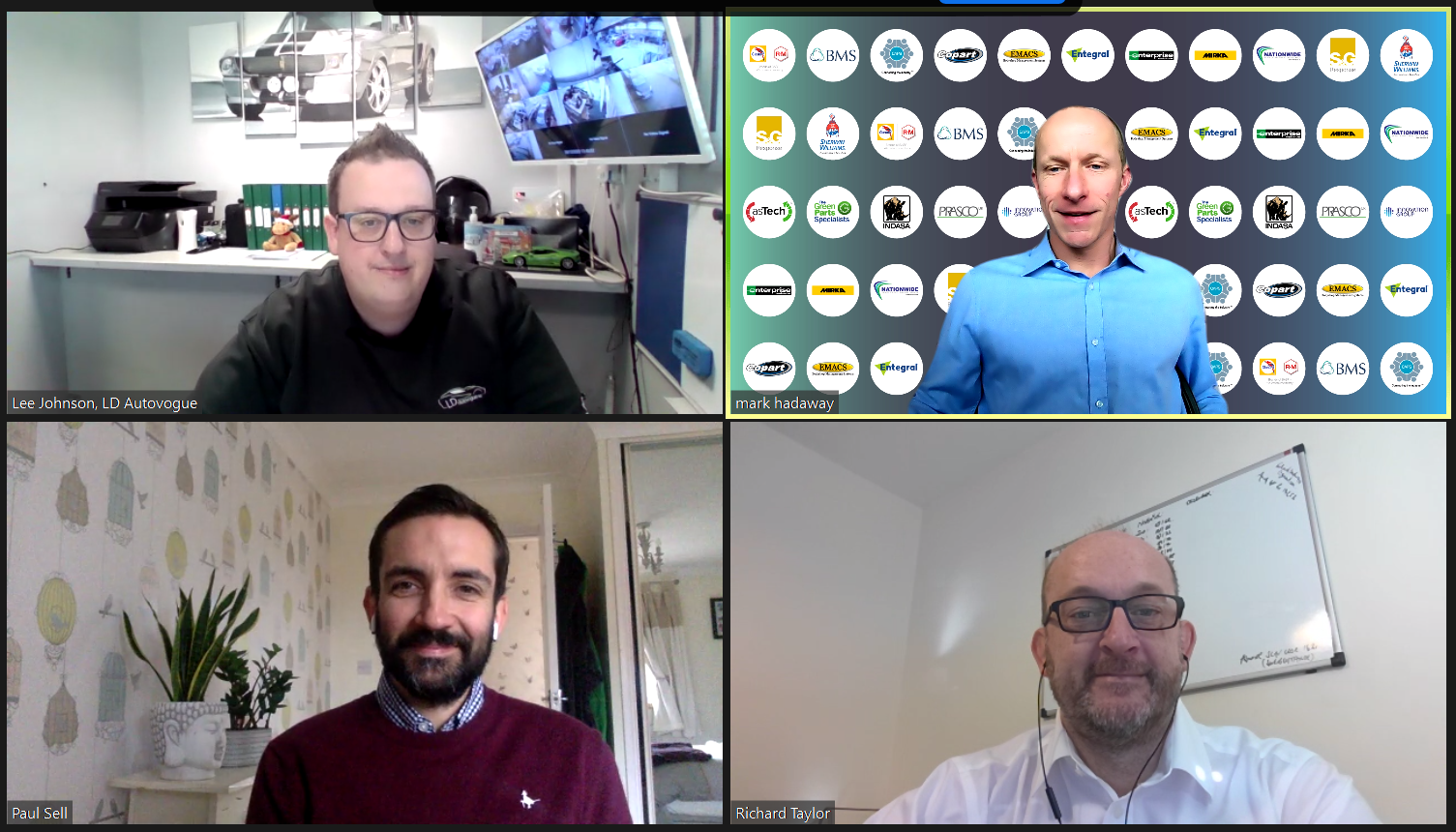To many of us 3D printing is something that effects someone else doing something else – but an eye-opening podcast with expert Paul Croft explains why that couldn’t be further from the truth.
In fact, if you’re working in the automotive aftermarket sector it’s highly probable that this technology will prove as disruptive as any you’ve known, with everything from tooling to key-to-key times to the environment being impacted.
‘If you’ve not got your eyes glued on this and you’re in a leadership position with a mandate to be looking 12 months ahead then you need to be all over this right now,’ Paul said.
As we’ll discover, the benefits of widespread 3D printing in the repair sector could include:
- Lower claims costs
- Fewer scrappages
- Repair over replace
- Shorter key-to-key times
- Lower inventory costs
- Less environmental impact
What is it?
3D printing is the common name, but the technology is actually additive manufacturing as it works by building things in layers.
Paul said, ‘It’s made up of seven groups of different technology. Some are made by melting plastic very accurately, some are made by fusing metal powders together, some are made by melting wires or using light to cure a vat of resin to actually grow an object out of things, ala Terminator 2.
‘The amazing thing is that the technology has actually been around for 30 years now. It’s been through the hype cycle and what is exciting for me is not only how quickly it’s developing in terms of materials, hardware and software, but the business cases that are being generated and the social impact that it can have.’
To make both points, he cites individuals printing face masks in their bedrooms and businesses reporting a return on investment in a matter of days.
‘That’s not an exaggeration’ he said.
Background
Paul knows what he’s talking about as he’s been in the centre of this burgeoning sector for the last seven years. He was first introduced to 3D printing in 2013, when he met the founders of Dutch company Ultimaker. The company is now a global leader in 3D printers, software and materials, but was just a dozen people when Paul met them. However, recognising the potential, he agreed to launch their products in the UK through Ultimaker GB.
Paul also established 3DGBIRE to offer aftersales support to Ultimaker customers, and under that brand began introducing a much wider range of complementary 3D technologies to the UK.
And there is yet one more string to his bow. Coming from a family of teachers and with a passion for education himself, he set up CREATE (Community, Reliability, Education, Access, Teachability and Economics) to introduce 3D technology to learning establishments around the country, from colleges to primary schools.
Education
He believes it’s the next generation, those not used to the old ways of doing things, will be able make the most of this innovative technology, while the technology itself can reignite a passion for learning in even the most disengaged pupils.
Paul explained how one demonstration finally piqued the interest of the most disinterested boy in the class, who then went home and designed the software to print a bedroom door handle to replace his broken one.
‘That’s the Utopia of education,’ he said. ‘He had been disengaged but a switch flicked and he took ownership of his own development. The technology showed him that he’s in control of his own destiny and that education is about getting the knowledge needed to get there. He was like a different person – in maths and English and science, too.’
This is a micro example, but on a macro scale it could be a lesson for everyone in the automotive industry, where the skills crisis remains severe; because there is no doubt that when it comes to attracting new talent, the greater the technology the greater the appeal.
If 3D printing can help to draw in a new generation then that alone might make it worthwhile, but its advantages go far beyond advertising.
OEMs
For large organisations with repeatable parts or challenges, the benefits of 3D printing are potentially enormous. For example, one airline had been spending 20 minutes spraying tyres after a service, while also bearing the incremental costs of taping up surrounding areas. However, 3D technology helped them create a plug the same size as the wheel, cutting the job time to one minute and eliminating the use of tape altogether.
These benefits have not been lost on car makers either, with almost every vehicle manufacturer now using 3D printing technology in its production process. General Motors has just opened a new site to ‘productionise’ 3D printing, while Renault announced its new ‘Re-factory’, dedicated to sustainable production, will also include a 3D printed spare parts service.
But like many technologies, the greater benefits could come when it’s in the hands of those of the frontline.
Paul said, ‘The power of the technology is contingent on the user. You’ve got a new tool set which wasn’t available 10 years ago. If you think about how much difference a good tool makes in the hands of the right user, then to not be looking at 3D printing right now seems to be naïve.’
He pointed to an example at Volkswagen Spain, where operatives were enabled to make custom-fit tooling to improve the process of attaching letters to the backs of models. Apart from time and tooling cost savings of 91% and 95%, there were ergonomic benefits of operatives handling light plastic tools instead of heavy metal ones, while overnight printing ended long delays waiting for new shipments from the Far East.
Repairs
When this practice is transferred to the automotive aftermarket, the results could be immediate and immeasurable.
Paul said, ‘Let me give you an example: the team was on site the other day and they found a Fiesta light cluster in the bin. It was in the bin because of two small plastic brackets at the back of it. Using 3D printing it took us minutes to model something up on the software, and because it was a small part it only took another few minutes to print. That cost less than £5 compared to the £175 it would have cost to replace. Multiply that by the number of times something like that happens in repair centres across the country.’
The benefits are obvious, with bodyshops also able to manage on lower inventories. Environmentally, logistics will be greatly reduced and with more parts available quicker and cheaper, repair could begin to dominate replace.
Paul said, ‘How much do we put into landfill for the cost of replacing a bracket? How many cars are being scrapped because a part is obsolete when actually you could just make that part?
‘Normally this technology takes a long time to filter down from OEMs, but 3DGBIRE is helping UK customers get ahead of the curve, so let’s look at the low hanging fruit. There are a lot of easy wins that are there and can make your business more sustainable, improve cashflow and more agile.’
Accessibility
As with most technologies, 3D printing is as limited or otherwise as the person using it. It might sound too complicated and expensive to get involved in, but a very basic 3D printer that can be used at home and for familiarisation purposes can cost as little as £200.
To start printing parts that can be used commercially would require an investment of nearer £2,000.
Paul said, ‘I know people will be reticent because they don’t think the change is coming, but I can tell you categorically that the change is coming, it’s already happening. But you don’t need to be in a cash-rich environment to get on this journey; this technology is accessible, all you need is the mindset and a little bit of local expertise, and away you go.’



